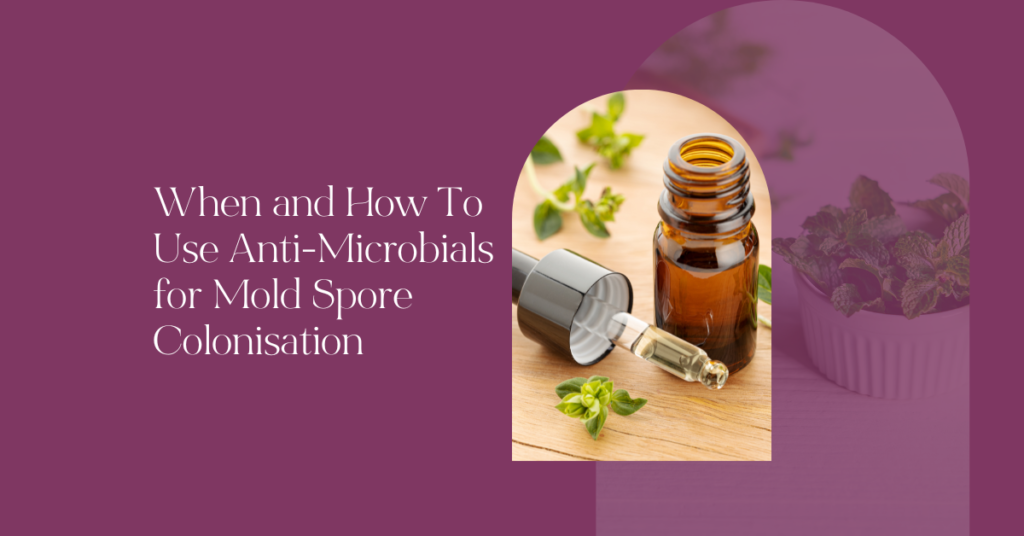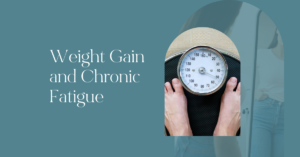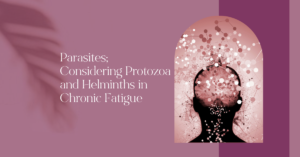Mold illness or sickness is a combination of colonisation of mold spores and exposure to their mycotoxins. Mold spores can be inhaled from the air and they can colonise the body and produce mycotoxins.
The colonisation of the body by Mold Spores is how someone who had a historical mold exposure, can still be experiencing symptoms, even when they are in a safe environment. We can test for colonisation using a Microbial Organic Acids Test (MOAT) by Great Plains Laboratory. We can also see signs of colonisation in the a regular Organic Acids test or NutrEval (although these tests measure 3 or the 8 possible markers so there is room for a false negative).
As long at the body is still colonised by mold, it will continue to produce mycotoxins and this may result in ongoing symptoms and ongoing positive outcomes on a Mycotoxin Test. Therefore, we want to address mold colonisation using anti-microbial herbs.
When Mold dies or feels threatened, it goes out in style which means that it releases more toxins which can increase the toxic load of the body and make this individual feel worse than before.
I love Jill Crista’s analogy; “Killing mold is sort of like trying to clean a bear cage while the bear is still inside. You wait until it falls asleep, then tip toe to mop up the place as quietly as possible without disruption and you never, ever “poke the bear”.
This is why you want to make sure you have done all the appropriate preparation work before you start using anti-microbial herbs or antifungal agents to kill mold spores. Being too aggressive or using a remove protocol before your body is ready can produce side effects such as:
- Cravings
- Bloating
- Ear Ringing
- Sleep problems
- Fatigue
- Brain fog
- Increase in fungal infections
- Body pain
- Mood swings
- And many more…
You may experience mild increases in symptoms as you initiate a remove phase and moderate discomfort is okay provided that it is temporary and doesn’t feel too hard. If it feels too hard, it is too hard.
To give your body the best chance of success you want to make sure:
- You are avoiding mold exposure in your home and from food.
- You are supporting detoxification and drainage pathways (e.g. liver, gallbladder, lymphatic system, digestive support, sweating, peeing and pooping).
- You have reduced your toxic load through the appropriate use of binders.
- You are feeling a bit better and have more resilience generally.
If you can confidently say yes to the 4 points above, then you may be ready to consider an antimicrobial protocol. Here you can consider the use of:
- Pau D-Arco
- Holy Basil
- Olive Leaf
- Thyme
- Oil of Oregano
Once you have started your antimicrobial protocol you may also want to consider the use of Nasal Antifungals such as colloidal silver. I sometimes suggest to clients that they also use an essential oil diffuser in their home. The following oils may be effective for sinus mold:
- Cedar Leaf
- Holy Basil Leaf
- Cumin Seed
- Tea Tree
- Thyme Leaf
- Cloves
- Frankincense
- Eucalyptus
- Scotch Pine
(please check safety if you have pets at home as some essential oils can be toxic to pets).
Products and Dosages
Oil of Oregano is a product that I use most often, especially if there are imbalances in the gut or the client shows dysbiosis on a stool profile. Please note, it is the strongest herb and therefore, may be too strong for some people.
The dosage is anything from 1 capsule, 60mg, per day with food to 2 capsules, 3 times per day (a total of 360mg) with food. I would normally start on the lowest dose and adjust upwards depending on the client’s response and tolerance.
I like to also add probiotics at the same time or rotate between probiotics and antimicrobial herbs, 2 weeks on, 2 weeks off. This may be adjusted depending on the response of the client.
An alternative option is a combination product such as Bio.Clear Microbiota which contains Pau D’Arco and Thyme amongst other ingredients. Here again, starting with the lowest possible dose and building up slowly as required.
How Long Do You Take Anti-Microbials
You continue with antimicrobial therapy until you produce a clear mycotoxin panel or until you feel well and do not experience any relapse in your symptoms as you begin to broaden your horizons and test out foods, drinks and activities that may bring you into contact with mold. It’s best to reintroduce one new thing at a time so you can attribute any reactions to a specific thing. You can take antimicrobial herbs for a short period of time.
Relapses Happen
The sad truth about chronic-illness in general is that relapses happen. Be prepared for challenges to come up and set-backs to happen. The most important thing is that you can learn from your mistakes and use this information to give your body the support that it needs. You might need to learn that you cannot be as flexible with your diet as you thought and need to take things more slowly. Perhaps you had another mold exposure on holiday and it’s just a case of getting back into your healing routines when you return home.
Summary and Conclusions
Some cases of Mold Illness are straight forward and others can feel like a dance of one step forward, one step back. If you are in that dance and you want some external support, you can find out more about working with me here.










